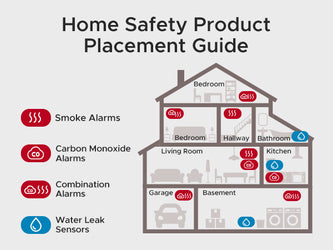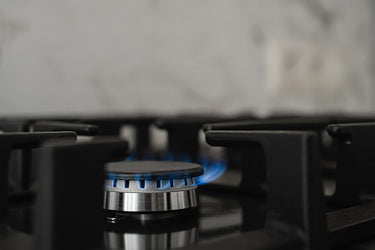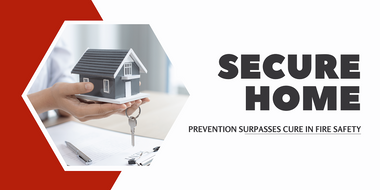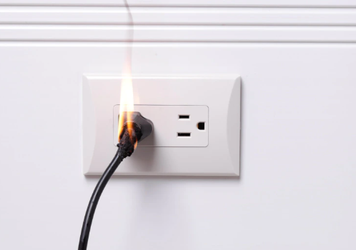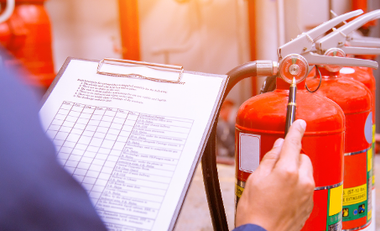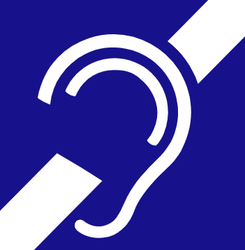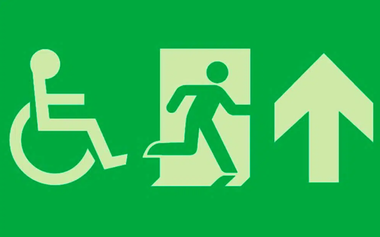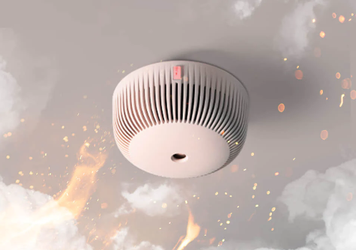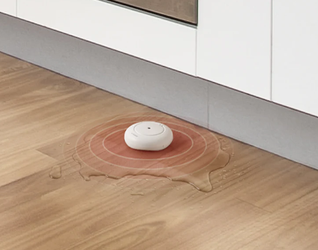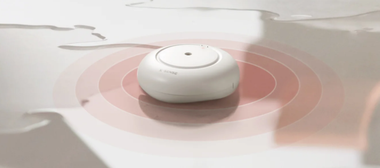Carbon Monoxide Detector Placement: Maximizing Safety in Your Home Layout
Ensuring your home is protected from the dangers of carbon monoxide (CO) involves not just having CO detectors, but also placing them strategically for maximum effectiveness. Proper carbon monoxide detector placement can be the difference between an early warning and a failed detection.
Key Placement Considerations
Here are best practices on where to place carbon monoxide detectors in you...


